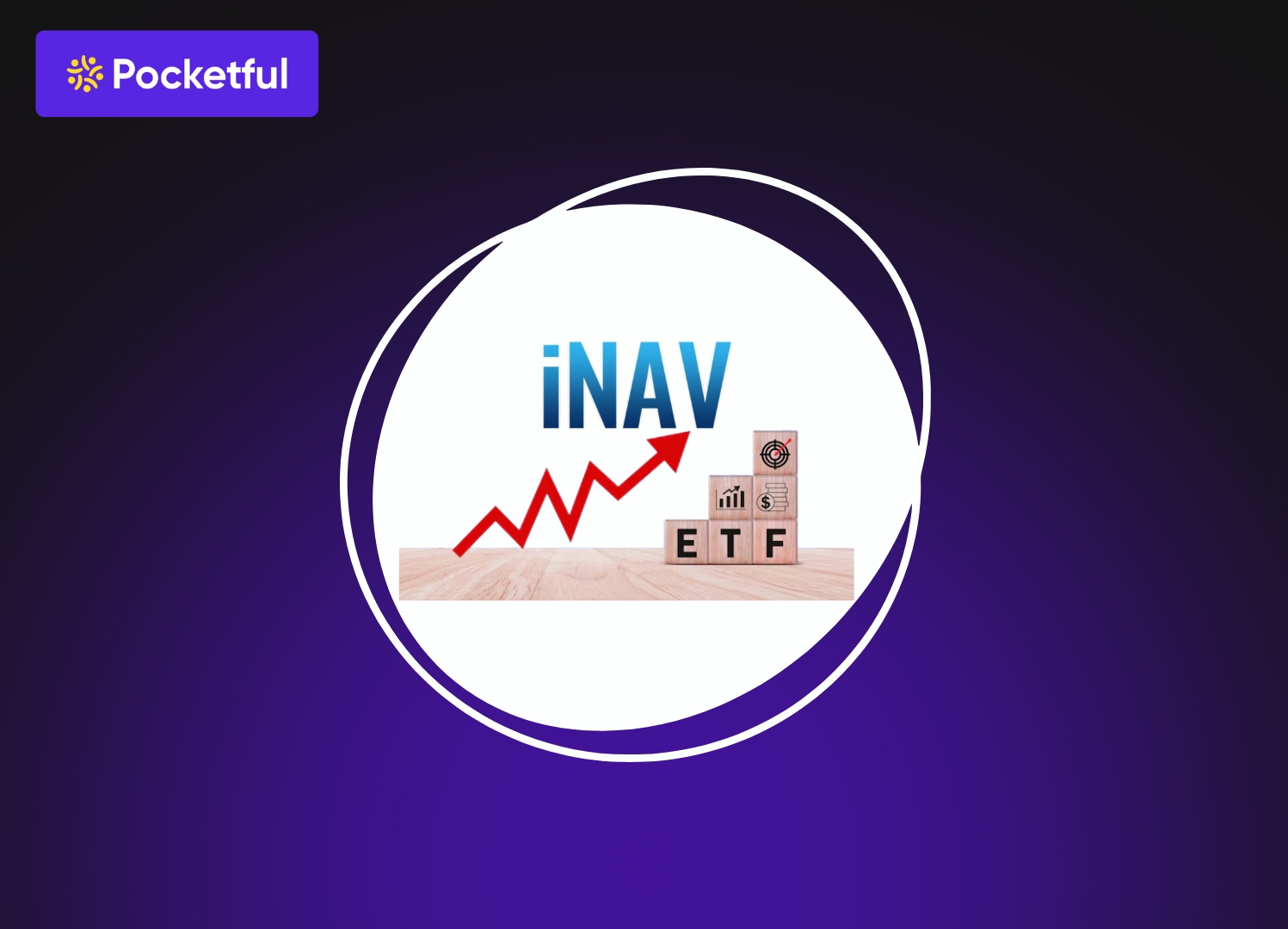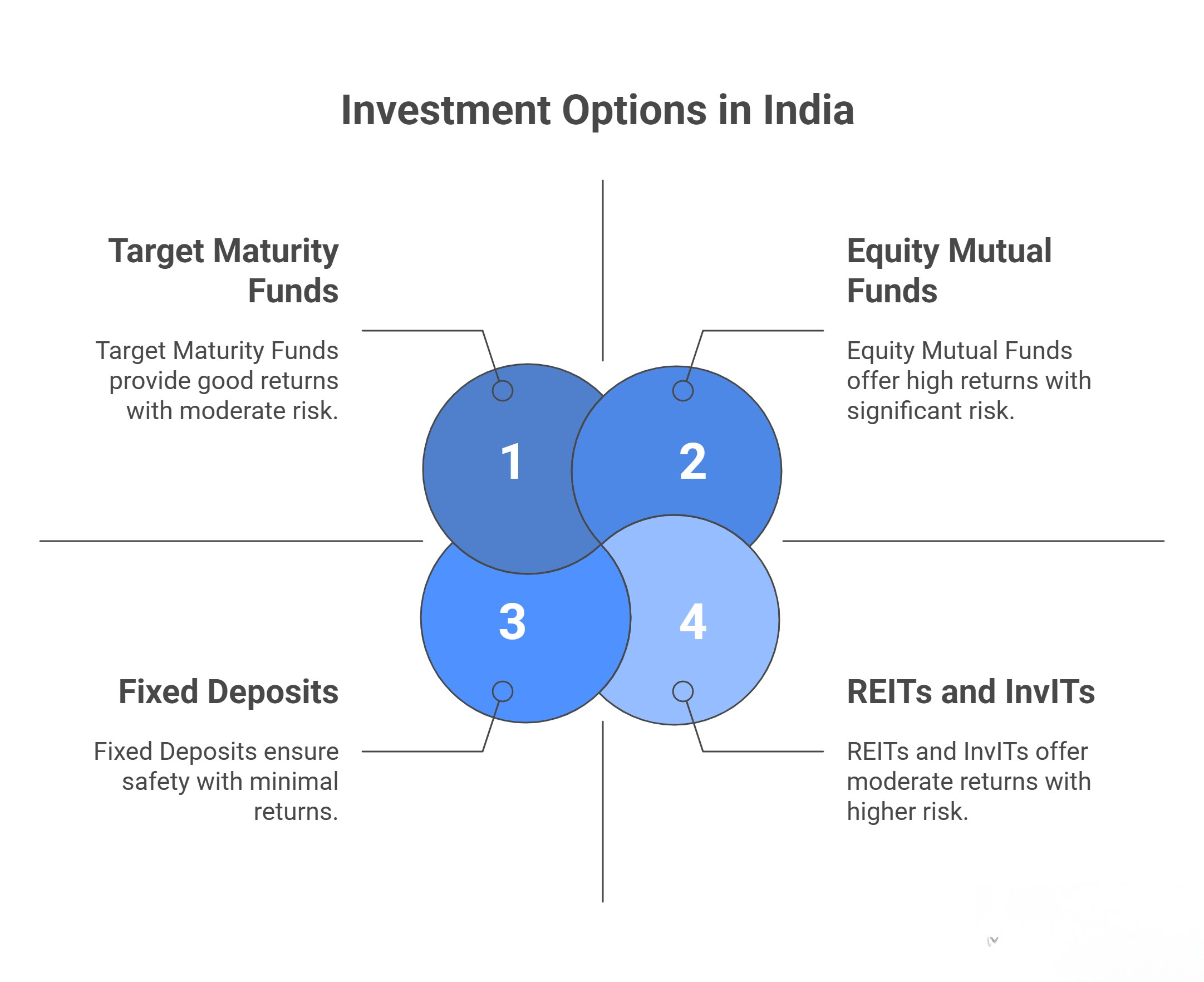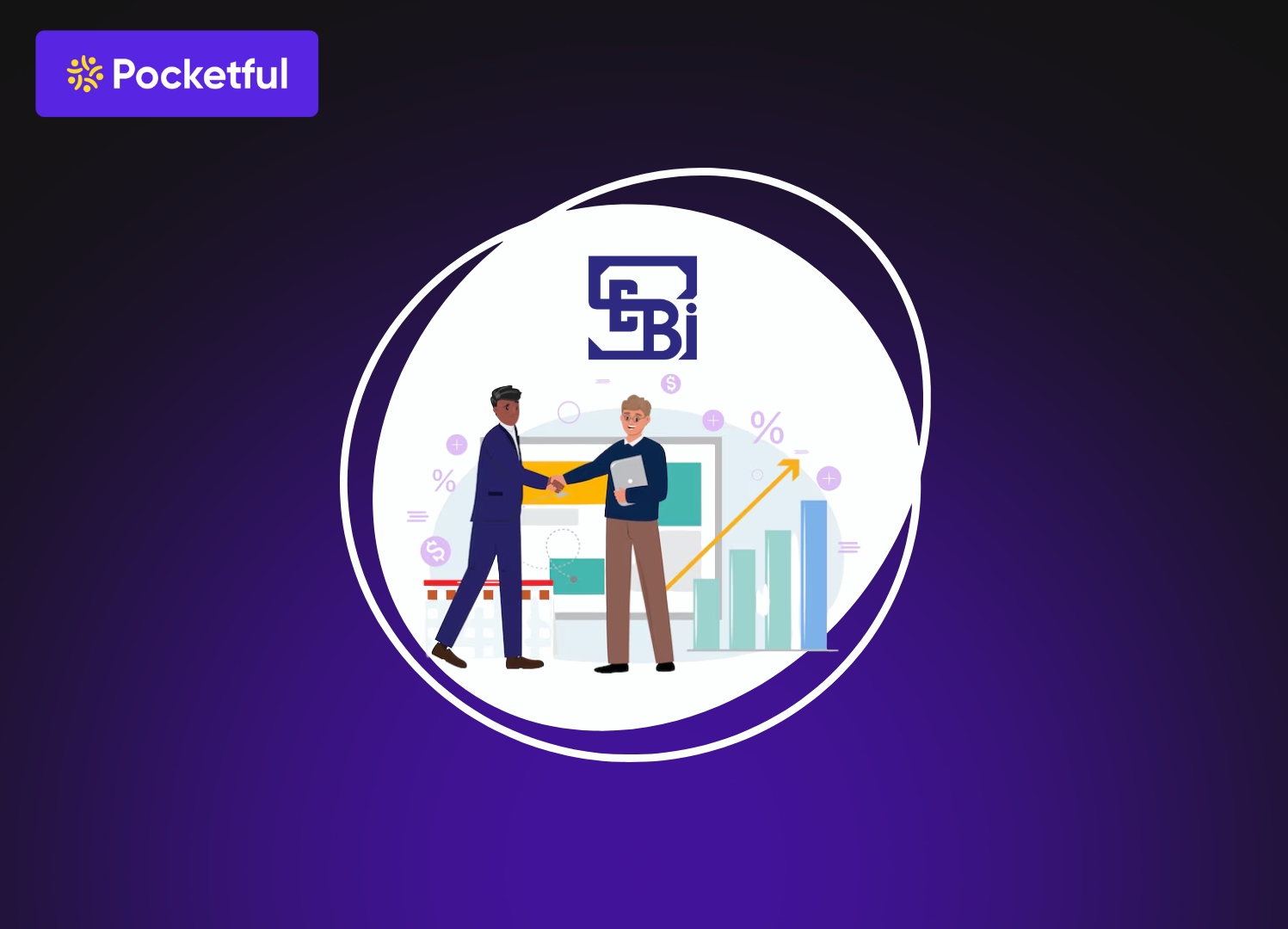Imagine a company wants to sell its shares to thousands of people to raise money. To do this fairly, the law says it must give you a detailed report card called a prospectus. This document tells you everything you need to know as an investor: the company’s health, its goals, and the risks involved, so investors or buyers can make a smart decision.
But what if a company doesn’t directly sell you the shares, rather it sells a huge chunk of its shares to a merchant bank (middleman). Then, that bank turns around and offers those same shares to you. It seems like the company is avoiding its duty to give you the full story.
This is where the law introduces new rules. In this blog, we will understand what a deemed prospectus is. The idea is straightforward: if a document is used to offer a company’s shares to the public, even through an intermediary, the law treats it as a prospectus. For example, when a bank issues an “Offer for Sale” for shares it recently purchased from a company, the law considers that document as the company’s own deemed prospectus. This means the company remains fully accountable for all the information it contains.
What is a Deemed Prospectus?
The concept of a deemed prospectus is defined under Section 25(1) of the Companies Act, 2013. It states that if a company allots its shares to an intermediary with the intention of selling them to the public, then the document used for that sale will be treated as a prospectus issued directly by the company.
It doesn’t matter what the document is called, if its job is to get the company’s shares into the hands of the public, the law holds the original company responsible. This keeps the company accountable for the information you receive.
For Example : A company called “XYZ Pvt. Ltd.” needs funds to expand the company. Instead of launching a regular IPO, the company sold a large number of its shares to “ABC Bank” on January 1st. Within the next 6 months the ABC Bank creates a document called an “Offer for Sale” and invites the public to buy XYZ Pvt. Ltd. shares.
As the selling of the shares has started within six months, the law gets automatically triggered. The “Offer for Sale” document from ABC Bank is now legally considered the deemed prospectus of XYZ Pvt. Ltd. meaning the directors of XYZ Pvt. Ltd. are fully responsible for information provided by the bank related to the company’s details.
When is a Deemed Prospectus Triggered?
The Six-Month Rule
The first trigger is set according to the timing, where if the merchant banker (middleman) offers the shares to the public within six months of getting them from the issuing company, the law steps in and a quick sale like this suggests it was never a real investment by the banker but just a step in the company’s plan to reach the public.
The Unpaid Bill Rule
The second trigger is set according to the money, here if the issuing company hasn’t received the full payment for the shares by the time the middleman starts selling them, it is concerning. This shows that the company’s payment depends on the public buying of the shares, meaning the company is the one truly raising money from you.
Read Also: Most Highest Subscribed IPOs
Significance of a Deemed Prospectus
- Complete Information: The main role of a deemed prospectus is to provide you with complete and honest information before you plan to invest. It makes the company to be transparent about its functions, fundamentals, business, finances and associated risks.
- Issuing Company’s Accountability: It holds the company and its directors accountable instead of the middlemen as they are legally responsible for each and every information provided in the deemed prospectus, just as if they had written it themselves.
- Protects Investors and Builds Trust: By preventing companies from bypassing disclosure through middlemen, the rule strengthens investor protection and builds trust in the fairness and reliability of the securities market.
Deemed Prospectus vs. Prospectus
| Features | Regular Prospectus | Deemed Prospectus |
|---|---|---|
| Issuer | Directly issued by the company | Issued by a middlemen like Bank |
| Offers | It offers a direct invitation to the public | It is an indirect offer to the public |
| Primary Document | Known as “Prospectus” | The Document is called ‘Offer For Sale’ but treated as Prospectus under law. |
| Responsibility | The Company and its directors | Both the middlemen and the company |
What is Included in the Deemed Prospectus?
Deemed prospectus includes all necessary information required as per the normal Prospectus like:
- All details about the company history and businesses.
- Transparent information about the directors and company’s management.
- Yearly audited financial reports or we can also say the company’s report card.
- Clear information about the offered shares.
- It also tells us the risks that are prominent in the company’s growth.
Although Deemed Prospectus also requires two extra details for complete transparency about the deal with the middleman:
- The Net Payment: It must state exactly how much money the company received from the middleman for the shares. This lets you see the profit the middleman is making.
- The Contract: It must tell you where and when you can go and see the contract signed between the company and the middleman. This provides a paper trail for regulators.
Liabilities for Wrong Information
If a deemed prospectus contains misleading or false information, the consequences are severe, just like with a regular prospectus.
- Civil Liability: If investors lose the invested amount just because of the wrong and misleading information of the prospectus, then they can sue the company, its directors and the banker for compensation.
- Criminal Liability: If things turn out to be right and it’s proven that the prospectus was intentionally fraudulent, then the responsible people can face jail time of up to ten years and heavy fines can be imposed depending on the gravity of fraud.
Read Also: What is a Confidential IPO Filing?
Conclusion
Deemed Prospectus turns out to be a powerful tool that protects the investors money ensuring that the shares offered by the company via deemed prospectus is true, as it is directly provided by the company to the investors. It guarantees that you get the full picture needed to make informed decisions, building a stock market that is safer and more trustworthy for everyone.
Frequently Asked Questions (FAQs)
Are Red Herring Prospectus (RHP) the same as Deemed Prospectus?
No, they are different, an RHP is a draft prospectus for a direct IPO that doesn’t include the final price or number of shares.
Who is liable for wrong information in a deemed prospectus?
For any misleading and wrong information the Director as well as the middlemen both are responsible.
Why are middlemen used instead of a direct IPO by the company?
It is a faster way to enter the market and also a faster way to raise funds by using the existing middlemen network.
Main thing to know about a deemed prospectus?
The most important thing to be known by an investor is that their rights are protected as law treats a deemed prospectus just like a regular one, meaning you are entitled to receive complete and accurate information, and the company is fully accountable for it.
Deemed prospectus have to be filed with the government?
Yes. Because it is legally considered a prospectus “for all purposes,” it must be filed with the Registrar of Companies (RoC) before it can be shared with the public, just like any other prospectus.











